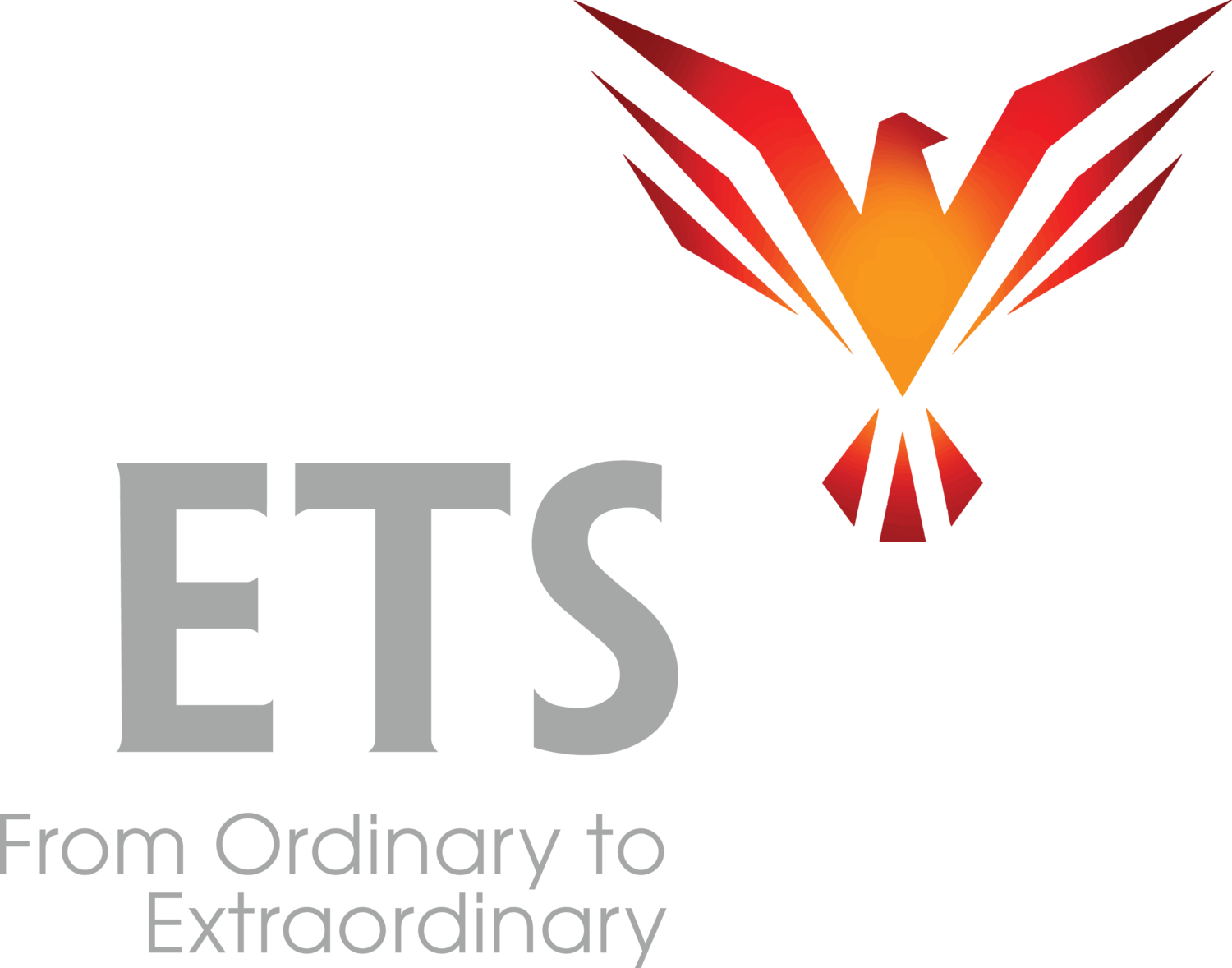“They were writing furiously. I’ve never seen that before...”
This was from Ethan who was having the best day ever after hitting it out of the park with an audience that had ignored him for two years.
Ethan is a vice president who was trying to persuade skeptical sales leaders to adopt a new system for tracking customer data. He described all of the features of the new system using “corporate speak” terminology like “proactive”, “customer experience”, “leverage”, and “increased visibility into predictive metrics”. He talked about many features of the system, but never brought it to life, never made the sales leaders want it. Ethan left his audience thinking, “You’re trying to get me to do something and I don’t have time. Your enthusiasm is nice, but it’s not going to convince me.”
It was frustrating for Ethan because he knew they would love the new system if they ever tried it.
Ethan’s journey to becoming a great presenter began when he heard me talk about what he needed to do to get his audience to stop ignoring him. The first thing he said when he was planning to try it was something I hear a lot:
“This is going to create a big problem. They’re giving me 45 minutes and if I do what I’m learning here, I’ll be done in five. What am I going to do for 40 minutes?”
I hear that along with: “This is going to make my presentation a lot shorter!”
And, “I’ll have to get rid of a lot of my slides.”
This is not a problem – if you can get the outcome you want in 5 minutes, how is that a bad thing? But let’s take a look at what’s happening here to make them say that.
What’s happening is that I’m teaching the class how to craft their presentations using Key Messages.
What have they been doing up to this point? You might call it a “data dump”. It’s drowning their audience in an overwhelming avalanche of everything they know about whatever they’re talking about. They believe that increasing the number of details they cram into their presentations will improve their success. So, with great enthusiasm, they throw every detail they can think of into it.
This assumption is not true. Often it takes only one important fact to completely swing an audience. Sometimes it takes two: an important fact and a great idea. Occasionally, a third element is needed.
Beyond that, it usually trails off into things the audience isn’t even interested in.
If you’re not skilled at crafting Key Messages and delivering compelling content, you’ll find that even in a 15-minute presentation, the audience drifts in and out. They alternate between being engaged for a couple minutes, then disinterested and disengaged. It’s probably happening to you when you’re in the audience. They’re not staying with the presenter, listening intently, on the edge of their seats, even for a solid 15 minutes. However, that’s where you want your audience every minute you’re speaking. With eyes bright and leaning in. No matter how long your presentation is.
Those minutes that the audience is disinterested or disengaged are wasted.
Most presenters talk too much. They present too much information of little interest and save their important points for the end of their presentation. You can tell this is happening if the audience is relatively tuned out during the presentation but perks up toward the end. Some audiences never perk up. They just look relieved when it’s over.
Most presenters don’t know how to create a powerful set of Key Messages that land with impact and move their audience. They just throw out excessive details and hope some of them will matter.
Creating the perfect Key Messages for your presentation is a process of distilling and eliminating everything that’s not of great interest and sufficiently powerful to move your audience. Eliminating everything that does not create immediate agreement.
It’s not a question of getting new facts or data points. It’s how you structure the facts and ideas you already have.
Ethan caught on fast and cut away everything but a couple of compelling facts and powerful ideas. These facts created instant acceptance of the new system, the audience was on board, which is exactly what you want from your audience.
Ethan achieved his goal in five minutes. When he moved into the Q&A, no one complained that he didn’t take longer.
Ethan wrote me, “They were writing furiously. I’ve never seen that before. I could see they got more value in 5 minutes of my presentation than most of the 60 minute presentations they have to endure.”
Achieving extraordinary outcomes has nothing to do with time. It is a byproduct of your ability to create immediate agreement with your audience.
Be the cause!

